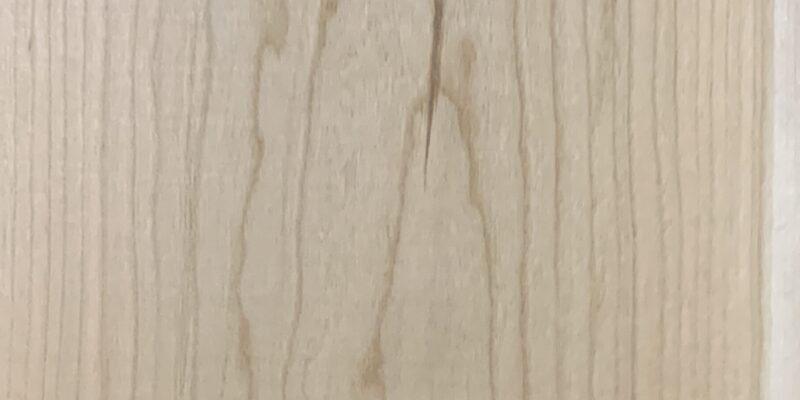As I give presentations to architects and designers around the world I am often asked why it is so difficult to match the color of the veneered wall panels to the solid wood flooring and fixtures. Frank Miller is currently supplying quartersawn cherry to a furniture manufacturer making courtroom pews. The architects are having a difficult time reconciling the difference in color between the walls and the pews. I have written an email to the pew manufacturer in a format that would allow them to forward the email to the architect. My goal is to help move the project along, because at this late stage it is simply too late to change the aesthetic design for the courtroom. This type of aesthetic dissonance often occurs in the 11th hour of the project because the architect or designer was unaware of these issues during the design phase.
All wood is photosensitive to varying degrees. Three species of commercially available American hardwoods stand out from the rest as being more sensitive to color changes when exposed to light of any kind and oxygen: tulipwood (known in the US as poplar), walnut and cherry. Several years ago an architect talked to me about using walnut in flooring in what was basically a glass cube with floor to ceiling windows. I told him to avoid using walnut in a high traffic area because it is to the softer end of the scale of the Janka Scale, a measure of the surface hardness of hardwoods. I also told him to steer away from walnut in that application because its color would bleach out in the direct stream of UV light. After a year of that direct sunlight exposure all of the aesthetic qualities of the beautiful walnut heartwood would be lost.
Cherry is sensitive to all light, even incandescent light. Its heart color will move eventually from a pinkish color to light reddish brown. If there is a rug covering part of a cherry floor you will be able to lift that rug a year after the floor is installed and see that the exposed part of the floor is a darker color than the section protected by the rug. Eventually all of the color will even out, but it takes time.
In tulipwood the heartwood, which ranges in color from green to purple when freshly cut will transmute to a lovely milk chocolate brown color after light exposure. The sapwood color will remain a light creamy color.
Getting back to the color variation in quartersawn cherry between the furniture and walls of the courtroom, there is also an inherent variation in color between veneers and solid wood of all kinds. Veneers are sliced from a long and dried in a matter of just a few minutes, while a one-inch solid wood board will take between 25 and 45 days to dry, depending on the species. My suggestion is to accept that the color of the cherry walls and furniture will mellow over time and that no one will even notice a difference after a year light exposure.
Understanding and accepting the fact that the color of wood species will vary to some degree with exposure to light and oxygen will help to develop reasonable expectations when specifying sustainable American hardwoods in design.

